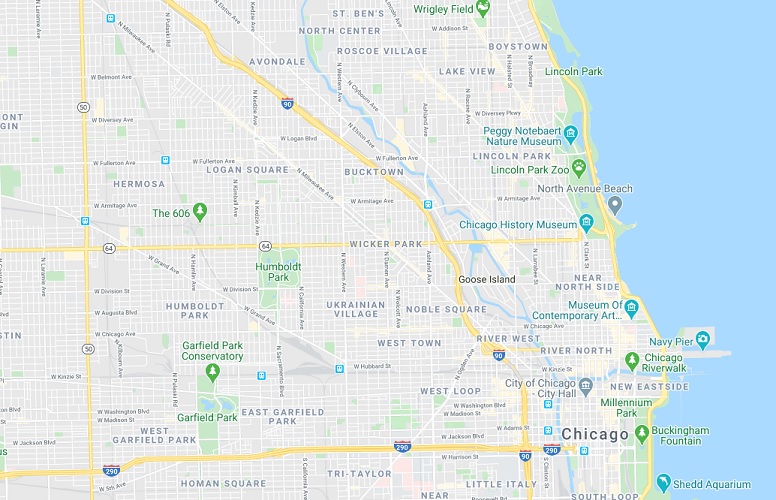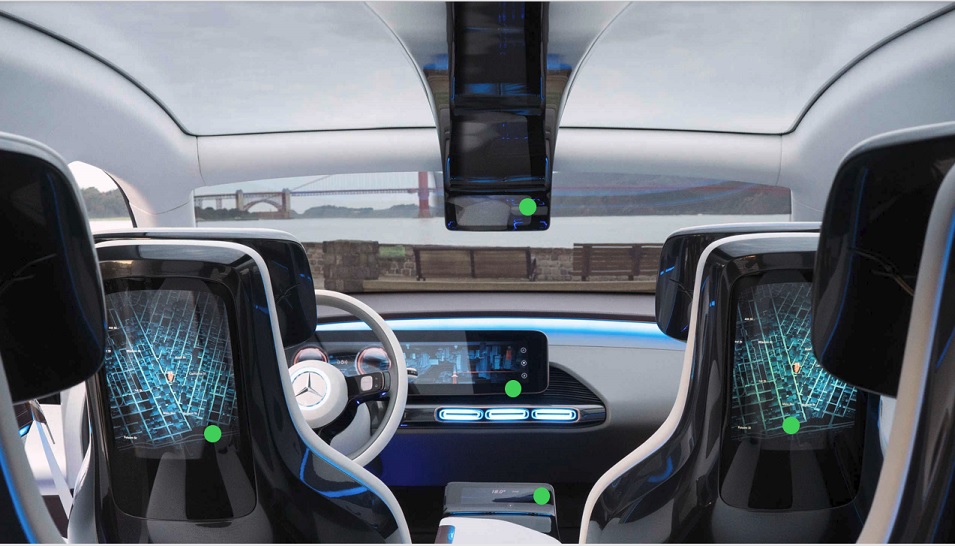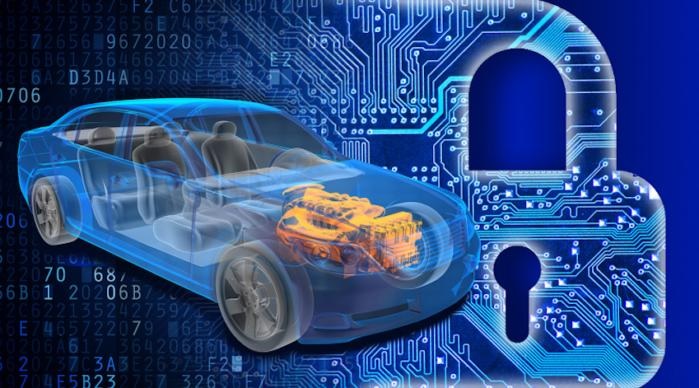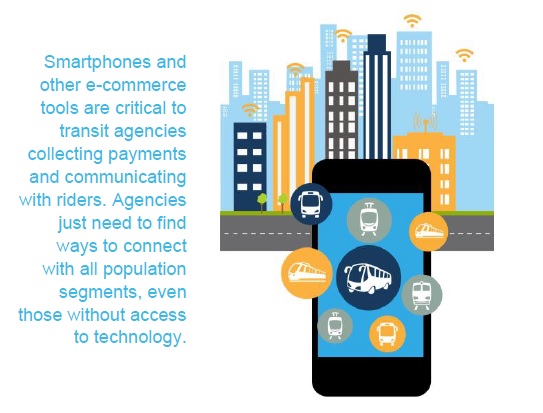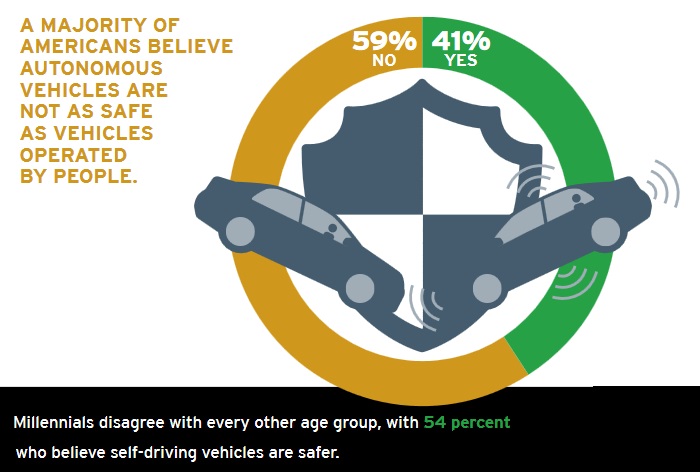ITS Vendor Forum
It is clear transportation agencies can respond quickly amid a crisis. As everyone is adapting to new ways of doing things in all aspects of their lives, we can draw significant lessons on how to invest in transportation, using both traditional and technology-driven infrastructure. Based upon HNTB’s work with agencies across the country, we’ve identified six key elements that agencies can focus on as the country moves toward recovery and prepares for the future ...
Government agencies and NGOs gather information about the communities in which they operate. This often includes location data that provides insights and information valuable for effective programs and planning. One aspect of community planning that isn't frequently discussed is collaboration with app developers. That may not sound like a natural partnership, but open data sources, frequently used by government agencies, can be used to improve civic life ...
In 2020 and beyond, the customer need for usability, reliability, and performance will continue to drive bigger and more inclusive in-car screens. At some point, these digital cockpits might even span the whole front of the car. Beyond ease-of-use, the bigger and advanced digital screens will enhance driver and passenger safety by providing more mission-critical information ...
The evolution of the in-vehicle experience has been rapid and dramatic: it was less than two decades ago when the driver's only conduit to the outside world was the vehicle's radio, but the ubiquitous connectivity enabled by the IoT means today's vehicles are constantly communicating with their external environments. This has led to automotive original equipment manufacturers (OEMs) and Tier 1 suppliers realizing that connected vehicles' interiors have the potential to deliver an immersive digital experience comparable to consumers' smartphones. And while this presents considerable opportunity, there are several development challenges that OEMs must consider in order to achieve success ...
To get started on managing the risks surrounding your CV projects, we recommend using the Cybersecurity Framework (CSF), published by the National Institute of Standards and Technology. It helps you understand the threat surface, inventory your assets and assign a risk level to their loss — quantitatively and qualitatively ...
The implementation of connected vehicles has increased exponentially the possibility of unauthorized access to both ITS and IT networks. Agencies and related organizations that are deploying connected vehicle (CV) infrastructure face a multitude of new vulnerabilities. Here's HNTB's take on where those threats lie and how transportation agencies can begin addressing them ...
Autonomous vehicles depend on advanced driver-assistance systems (ADAS). Behind the vehicle's ADAS is a control unit that must capture and process millions of kilometers of driving data. Typically, this data is ingested in massive quantities by a scale-out network attached storage (NAS) platform for analysis and simulation-building. As a result, the success of these AI-powered autonomous vehicle testing programs is directly correlated to the number of simulations that can be processed ...
Transit agencies nationally have been implementing microtransit in the form of small vans for a long time, gleaning value from the ability to serve more people who are beyond the reach of fixed-route bus or train services. But now we are experiencing an even more “micro” form of micromobility that represents both a blessing and a curse to transit leaders — the electric scooter ...
The rise of autonomous vehicles has seized the media spotlight and for good reason: this technology will radically transform mobility in the coming decades. Yet another, quieter revolution also is underway in the transportation space as innovative transit agencies embrace advanced technology tools for delivering safe, cost-effective services to their communities ...
As the nation moves toward deployment of autonomous and connected vehicles, safety remains a top priority for public and private sector leaders alike. Self-driving technology promises to improve safety by removing the potential for human error, which contributes to an estimated 95 percent of accidents ...



